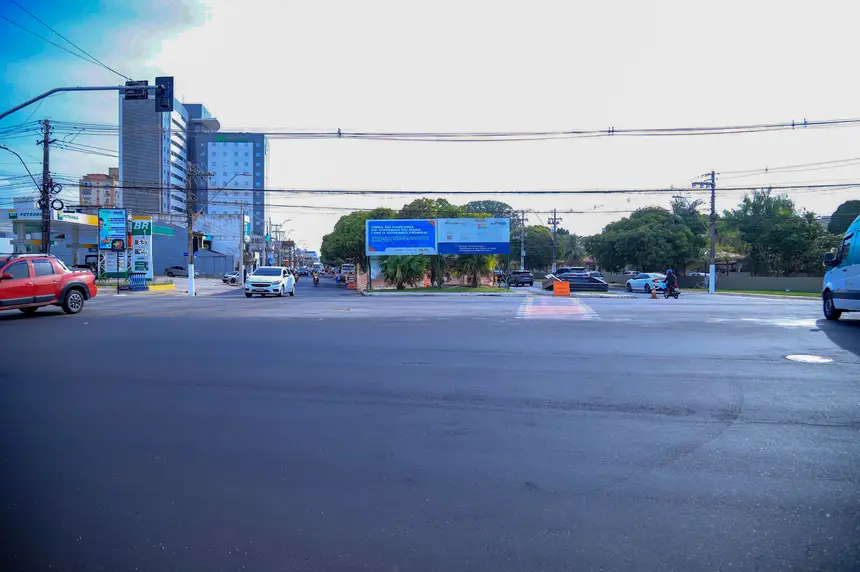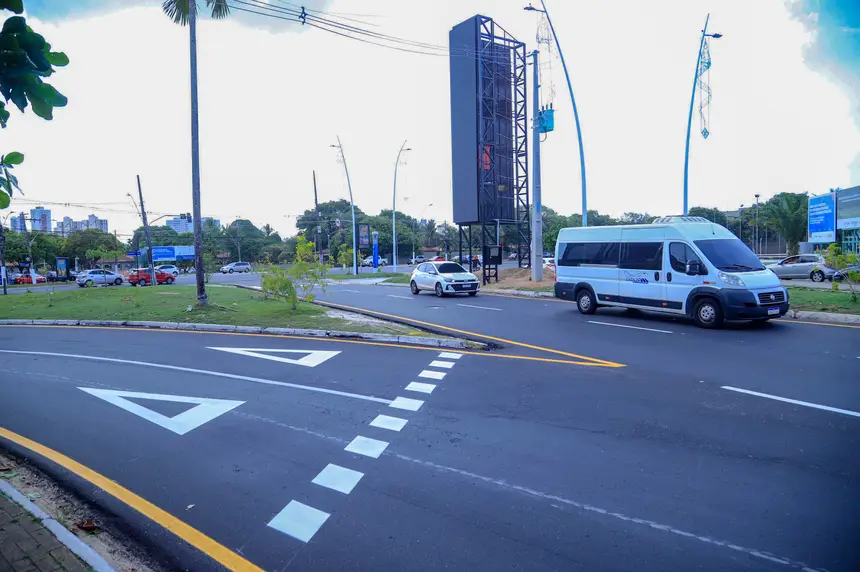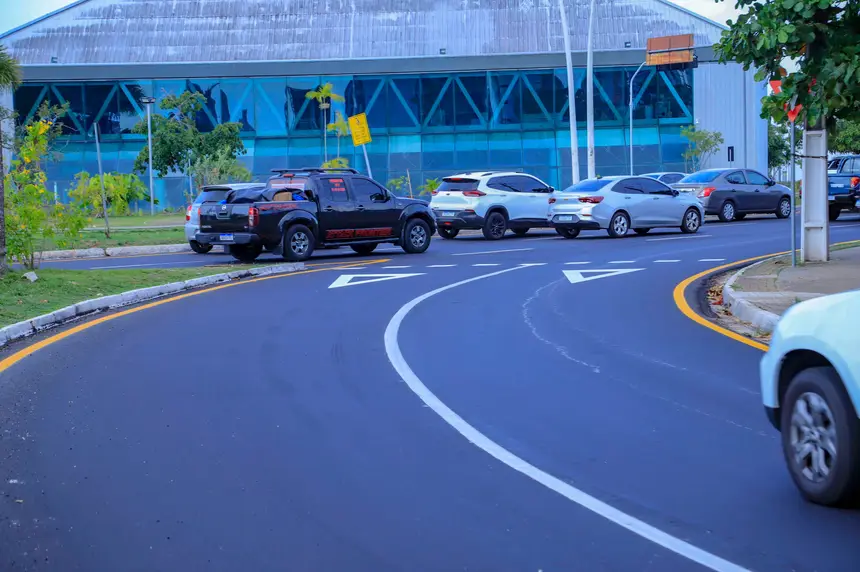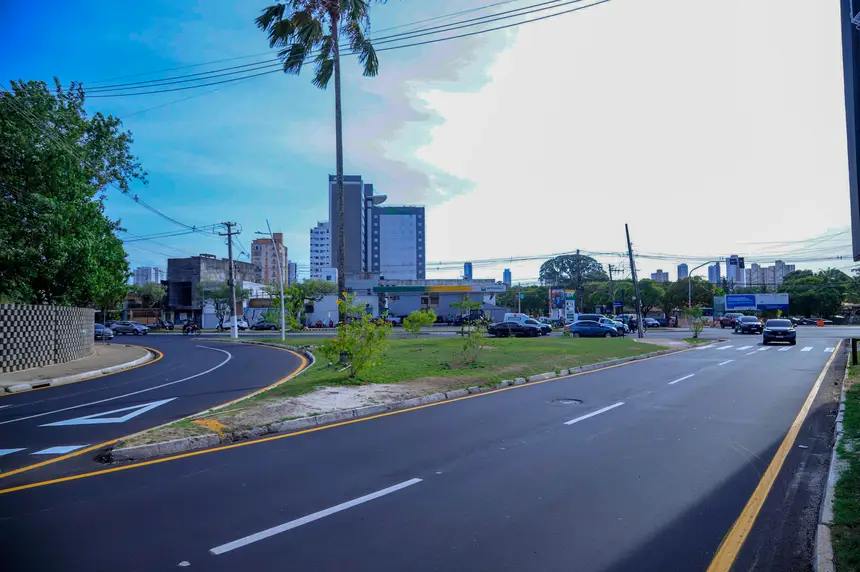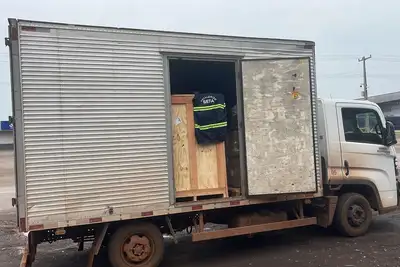Government of Pará completes deep drainage in four important roads of Belém
The works are part of the legacies of COP30 and ensure greater efficiency in the drainage of rainwater in the capital of Pará
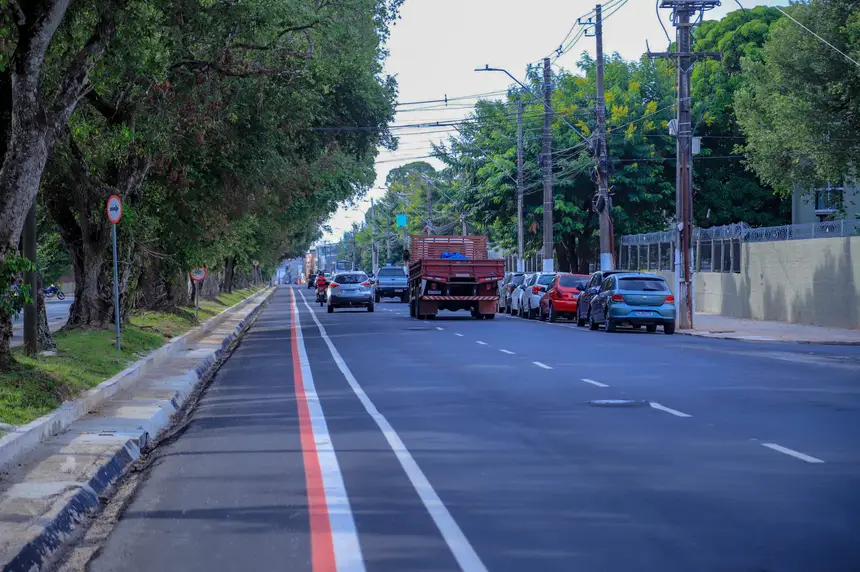
The Government of Pará has completed deep drainage works at the intersections of Dr. Freitas, Brigadeiro Protásio, Boulevard, and Duque de Caxias avenues, in the Marco neighborhood of Belém. The interventions are essential to increase the efficiency of rainwater drainage and are part of the structural legacies of the 30th United Nations Climate Change Conference (COP30), which will be held in the capital of Pará in November.
“We have completed another important project for the daily life not only of those who live in this area but also for those who circulate daily through this central region of Belém. In addition to reducing the risk of flooding, the interventions aim to minimize damage to the roads and improve urban mobility conditions,” highlights the Secretary of Public Works of Pará, Ruy Cabral.
The actions covered four important roads in the capital, located in the area of influence of the new Center for Training and Improvement of Police Officers (CFAP) of the Military Police, the COP30 Village, the Belém International Airport, the City Park, and the Hangar – Convention & Exhibition Center of the Amazon, strategic points that integrate the logistics of the climate conference.

Efficiency – More than three kilometers of High-Density Polyethylene (HDPE) pipes have been installed, ensuring greater flow capacity and durability of the drainage system. The material, highly resistant to corrosion, ensures efficiency in the drainage of rainwater and less need for long-term maintenance.
The self-employed Idelbergue Rodrigues, who works in the benefited area, approved the initiative. “Before this service, any little rain would cause flooding. This affected our sales and also the traffic of vehicles, motorcycles, bicycles, and pedestrians. Everyone had to stop, look for shelter, and wait for the water to dry. Now it’s much better. The work is approved,” he celebrates.
Safety and mobility – About 150 workers participated directly in the services along two kilometers of roads, with the construction of inspection wells (drainage pits) and inspection boxes to facilitate access for future maintenance. The new networks were interconnected with the existing systems, ensuring hydraulic continuity and avoiding points of retention or backflow.
The works also included cleaning drainage pits and removing debris that obstructed the drainage system. After the completion of the drainage phase, 33,143 cubic meters of new asphalt were applied to restore the pavement, and sidewalks in the areas impacted by the works were rebuilt.


